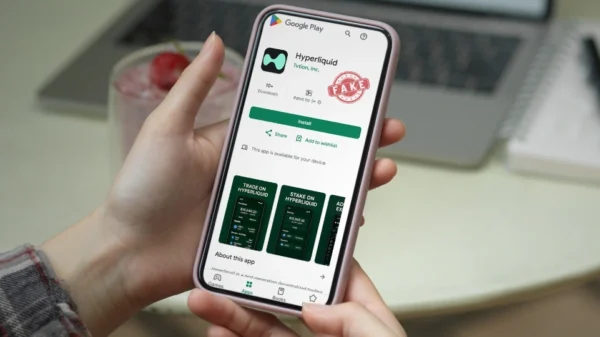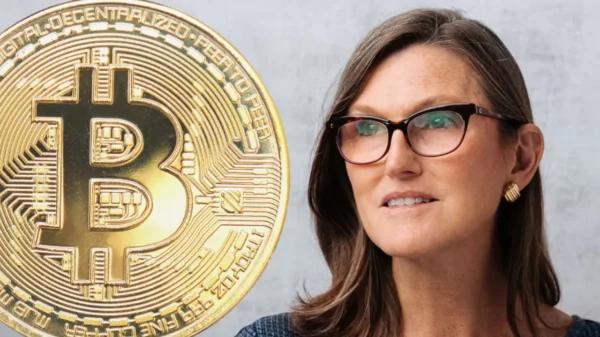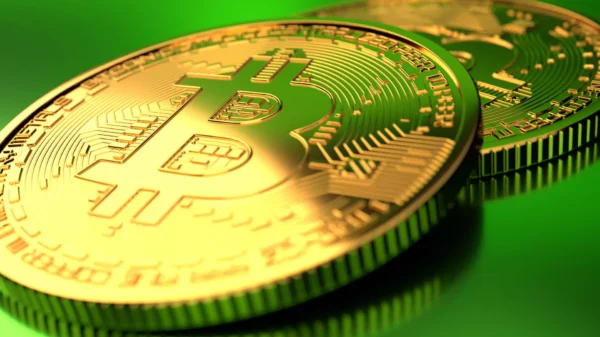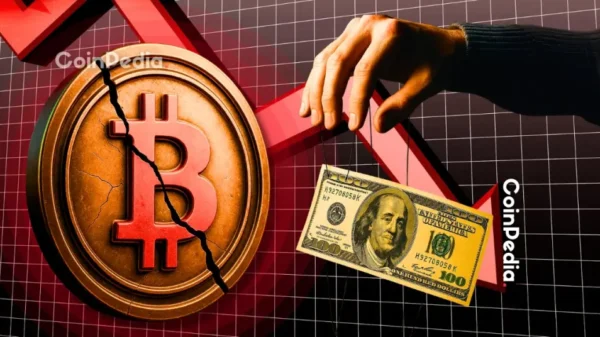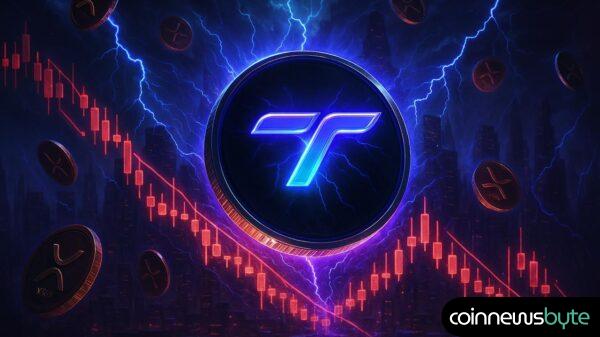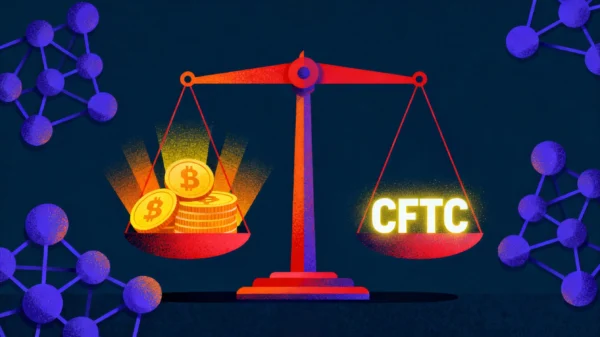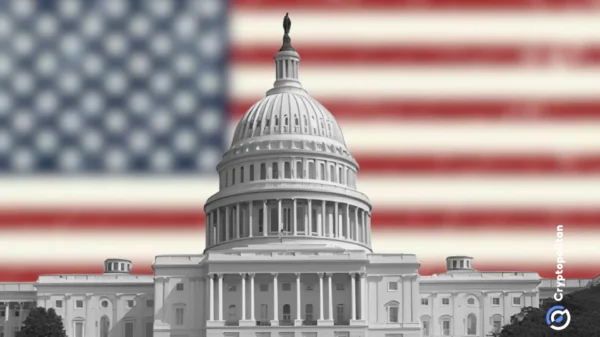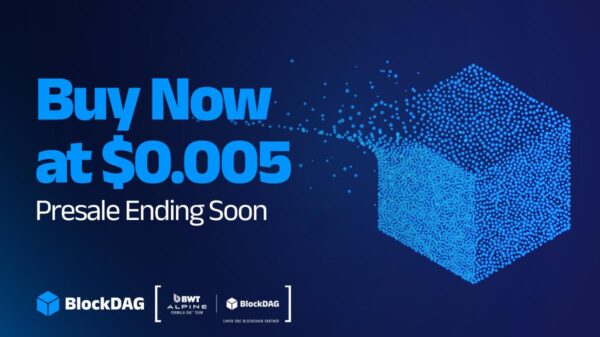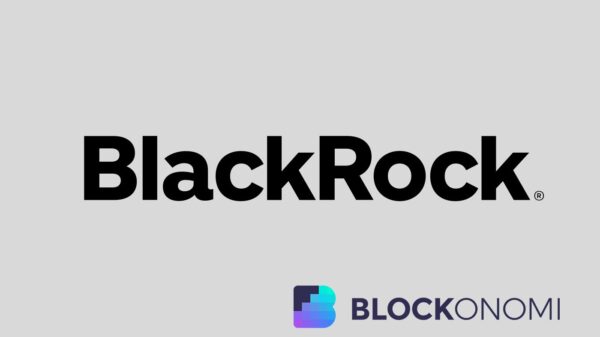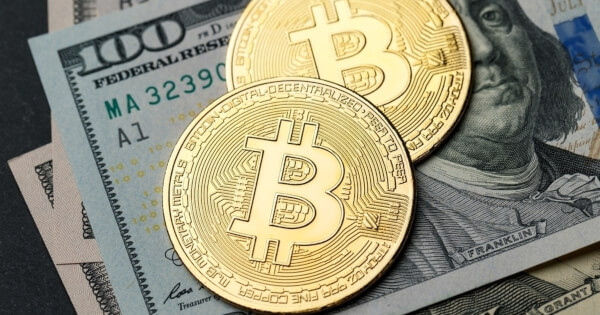XRP is once again in the spotlight as Ripple makes waves with its recent announcements at the Swell 2025 conference. The company has forged new partnerships with major players like Mastercard, WebBank, and Gemini to facilitate stablecoin settlements using RLUSD. This strategic expansion emphasizes Ripple”s commitment to enhancing real-world payment applications, while also hinting at a transformative narrative surrounding XRP”s future.
Finance commentator Zach Rector has ignited discussions within the crypto community by suggesting that XRP could become central to a $30 trillion market opportunity through the tokenization of real-world assets. His projections indicate that over the next decade, assets worth between $20 trillion and $30 trillion—including real estate, stocks, bonds, and commodities—could migrate onto blockchain platforms. Rector references estimates from Ripple and the Boston Consulting Group (BCG), which predict a range of $12 trillion to $23 trillion in tokenized assets by the year 2033.
“Tokenization is the single greatest opportunity in all of finance, second only to global payments,” Rector stated, highlighting how XRP could act as a liquidity bridge connecting these tokenized assets with traditional monetary flows.
While XRP has been recognized primarily for its role in enabling cross-border payments, Rector envisions a significant evolution where it will provide liquidity for tokenized assets, thereby transforming the XRP Ledger (XRPL) into a vital component of a new financial ecosystem.
Recent developments align with this vision as the XRPL begins attracting interest from top-tier financial institutions, including BlackRock and VanEck. These entities are reportedly investigating the tokenization of money market funds through a platform called Scrutinize, which utilizes RLUSD for on-chain redemptions—marking a notable step toward institutional-grade financial products on XRPL.
Ripple has been strategically bolstering its institutional footprint with significant acquisitions. For instance, G-Treasury connects Ripple to a vast network of banks and corporate financial systems globally. Additionally, Hidden Road, now known as Ripple Prime, functions as a prime brokerage platform catering to institutional clients, planning to execute trades on the XRPL. These initiatives position Ripple to manage post-trade settlement transactions, potentially involving trillions in value, all while maintaining low costs and rapid transaction speeds.
Rector also pointed out the importance of impending regulations, especially the proposed Clarity Act in the U.S., aimed at defining digital assets and reducing uncertainty for institutional involvement. He believes that once regulatory frameworks are established, banks, hedge funds, and fintech companies could increasingly utilize XRPL for decentralized finance (DeFi) activities such as lending, trading, and token issuance.
However, Rector warns investors against assuming that tokenization alone will elevate XRP”s price. “Liquidity and real usage, not just the presence of tokens, will determine XRP”s true demand,” he cautioned. While skepticism persists among certain community members, others see these advancements as part of a long-term structural change rather than fleeting hype.
As the convergence between traditional finance and blockchain technology becomes more pronounced, XRP may find itself at the core of this integration. If even a fraction of the anticipated $30 trillion transition flows through the XRPL, the ramifications for XRP holders and the broader financial landscape could be substantial. With the world moving closer to a tokenized economy, XRP seems to be quietly laying the groundwork for what could represent a significant evolution in digital finance.
Stay updated on the latest in the crypto space with breaking news, expert insights, and real-time updates on trends impacting Bitcoin, altcoins, DeFi, and NFTs.

